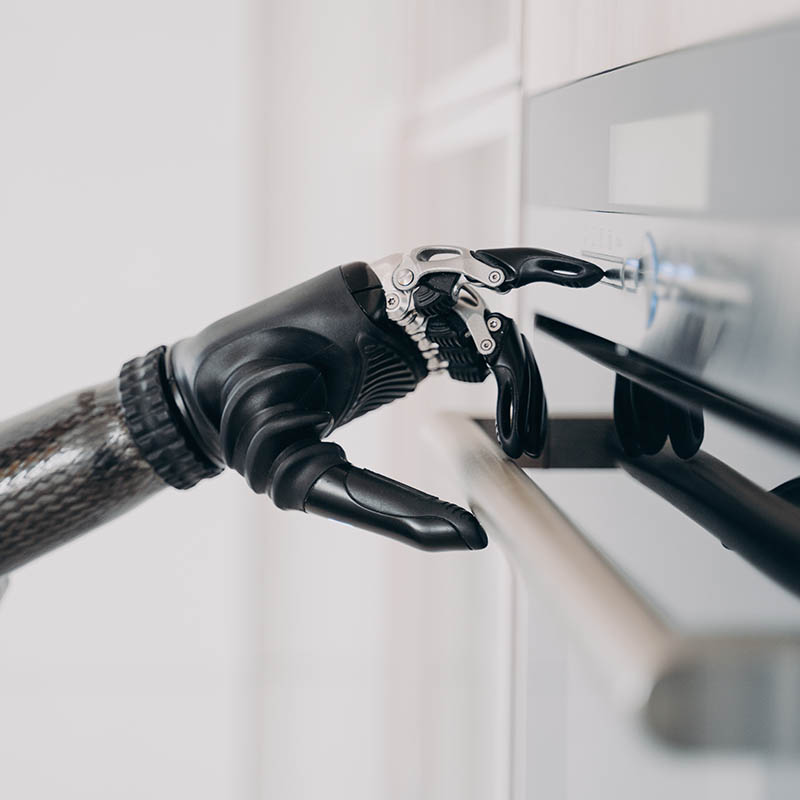
By: Yifei Z.
Year: 2024
School: Troy High
Grade: 10
Science Teacher: Tom Mosiq
Imagine a world where mundane chores such as cooking and cleaning are effortlessly handled by robotic assistants, liberating families from repetitive tasks and allowing them to focus on more meaningful pursuits. This vision has been the driving force behind this science project aimed at exploring the feasibility of such a concept.
Yifei’s journey began with a simple yet profound question: could intelligent servant robots become a welcomed addition to middle-class households? Through community surveys, it was revealed that a majority of respondents were receptive to the idea, provided that the robots offered quality performance at an affordable price point.
Armed with this insight, Yifei embarked on a mission to design and build a robotic arm capable of carrying out common household chores. The focus was on creating a cost-effective solution that could be easily assembled using off-the-shelf materials. Through multiple iterations and 3D printed designs, a 5-axis robotic arm was developed, promising versatility and functionality.
To assess the robot’s ability to complete household tasks, a simulated cleaning scenario was devised. Using computer vision technology, a machine learning model was trained to identify and manipulate objects, such as pens in a jar, within various environments. This served as a foundational step towards automating more complex chores, such as cleaning an entire desk.
The rationale behind this endeavor was clear: to alleviate the burden of time-consuming chores that plague many American households. With individuals spending hours each day on repetitive tasks, there is a pressing need for a scalable solution to reclaim lost time and enhance productivity.
Despite meticulous planning and execution, the project encountered hurdles along the way. While the robotic arm showed promise in handling certain tasks, such as picking up laundry, it fell short of expectations in terms of consistency and ease of use. It became evident that the current iteration was not yet suitable for widespread adoption in its consumer form.
However, Yifei remains undeterred by setbacks, viewing them as valuable learning experiences rather than roadblocks. Plans for future iterations include refining the design, incorporating higher-strength materials, and enhancing software capabilities.
In conclusion, while the journey towards household servant robots may be fraught with challenges, it is also filled with promise and potential. By embracing innovation and perseverance, we inch closer to a future where intelligent robots seamlessly integrate into our daily lives, freeing us from the shackles of mundane chores and unlocking new opportunities for growth and fulfillment.
